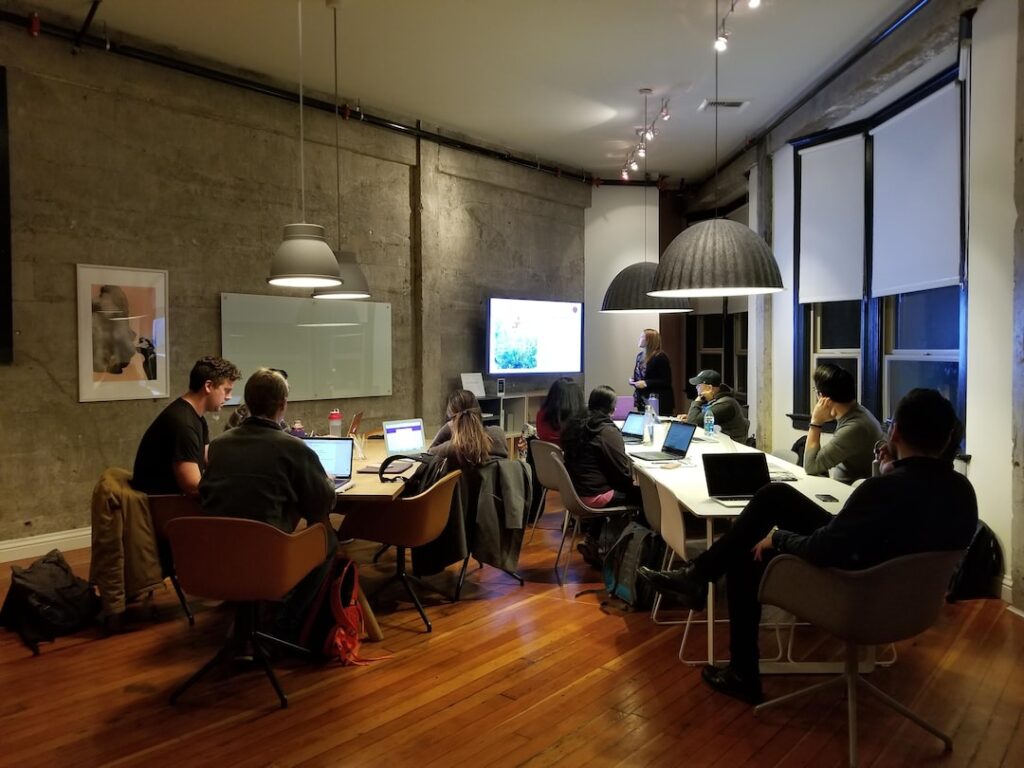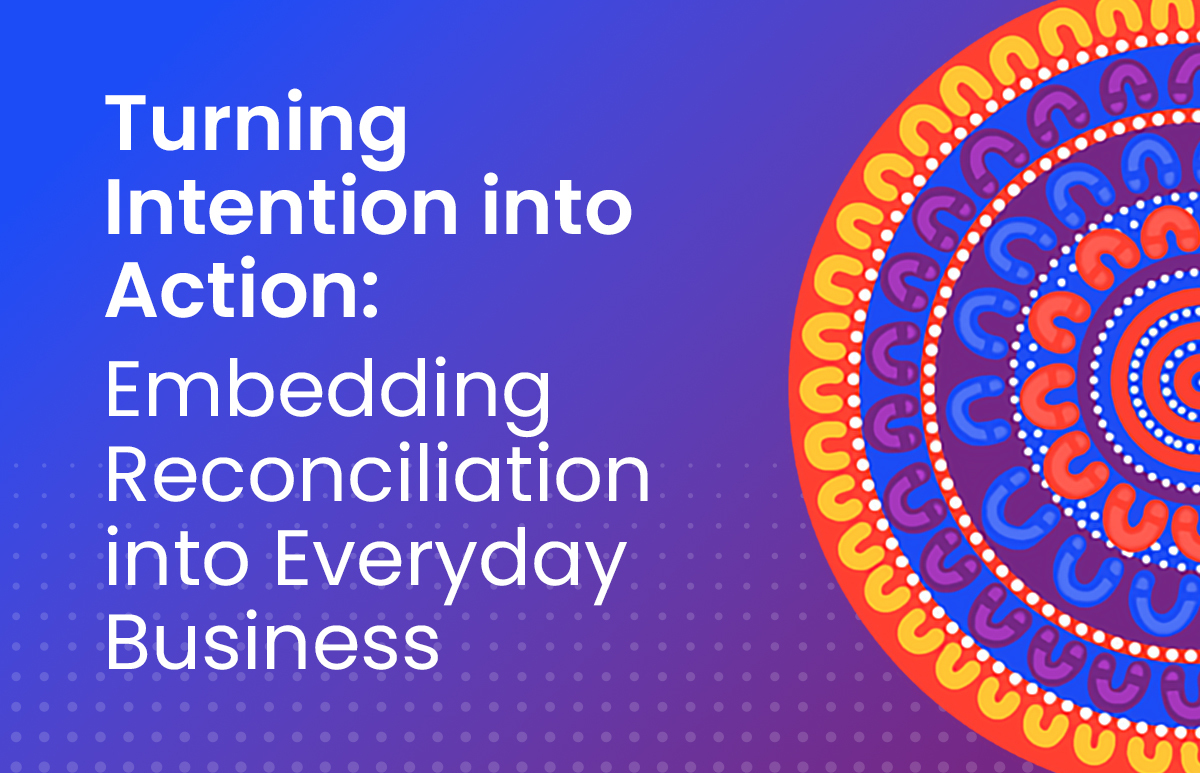How Much Does it Cost to Hire a New Employee?
Hiring new talent is a costly endeavour for any organisation. From advertising and recruitment fees to training and onboarding, the expenses add up quickly.

The research indicates that in Australia, the expense of hiring a new worker has significantly increased. It has more than doubled between 2020 and 2021. Rising wages and a tight labour market drive this increase. To reduce costs when hiring new employees, it is important to know exactly how much each new hire will cost.
This knowledge allows organisations to streamline employee recruitment processes and operate efficiently without sacrificing a positive employee experience. Companies can strategically build their teams by considering all the costs of hiring and finding ways to save money.
By changing how we hire, we can still use it to promote long-term growth, even in today’s difficult HR environment.

Employee expenses
Employee expenses are the costs that a company pays for each employee. This includes their salary, benefits, and other costs related to them.
These expenses can vary depending on the industry, location, and job position. According to Society for Human Resource Management (SHRM) employee expenses cost employers 1.25 to 1.4 times the employee’s salary.
Remember that these costs may increase over time because of factors such as inflation, rising benefits, and higher income.
Salary
The salary offered is often the most significant expense when hiring a new employee. Employers need to research average salaries for the specific role and location in Australia. Salaries can vary greatly depending on the industry, experience level of the candidate and location.
For example, software engineering salaries in Sydney tend to be higher than in smaller cities around the country. Beyond the starting salary, it’s wise to forecast potential salary growth over time. Elements like annual raises, bonuses and expanded responsibilities down the track can increase overall compensation costs. Having a long-term view allows for more accurate financial planning.
Leave entitlements
Full-time employees in Australia receive different types of paid time off. You should include this in your cost analysis.
This includes:
- Annual leave – 4 weeks paid leave per year
- Personal/carer’s leave – 10 days paid leave per year
- Public holidays – approximately 11 days of paid leave per year
You will need to account for these paid leave days in your projections. You may also choose to provide additional leave entitlements.
Benefits
Factor in benefits besides base pay when hiring an employee. On average, benefits amount to around 30% of an employee’s salary. Common benefits include health insurance, retirement contributions, paid time off, professional development funding and more.
It’s important to understand how the costs of benefits offered may rise over time. For example, premiums for health insurance often increase year to year. Staying abreast of these changes allows for proper budgeting. Consulting with brokers can provide greater clarity on benefits costs.
There are a range of insurance policies and benefits you may provide to employees, examples including:
- Health insurance – covers medical expenses
- Life insurance – provides income protection in case of illness/death
- Vehicle allowances – cover work-related car expenses
Superannuation
Australian employers must pay superannuation contributions for eligible employees, currently at 11% of their base salary. Superannuation goes to the employee’s retirement account to help them save for the future.
As an employer, you must incorporate super payments into your ongoing employment costs. The super rate will increase to 12% by 2025, so account for these rises in your projections.
Payroll tax
A tax that employers must pay if their wages are above a certain amount set by the state. Payroll tax rates range from 0% to 6.85% depending on the state or territory. The wage threshold also varies by location, typically falling between $650,000 and $7.5 million.
Make sure you check the specific rules to see payroll tax for your business. Take it into account when planning your finances.
Recruitment fees
The first cost to consider is recruitment fees. Recruitment fees refer to the expenses incurred in finding and attracting potential candidates for a job position.
These fees can include advertising, job fairs, and recruitment agencies. Consider the time and money spent on hiring and training a new person because it can greatly affect the overall costs.
Job advertising
One of the most common ways to attract potential candidates is through job postings. These postings can be on job boards, social media, or the company’s website. While some job boards may offer free postings, others may charge a fee. It’s essential to research the most effective job boards for your industry and budget.
Additionally, it’s important to consider the cost of creating and managing the job postings. This can include the time spent writing the job description, managing the applications, and responding to inquiries.
Recruitment agencies
Another option for finding potential candidates is through recruitment agencies. These agencies specialise in finding and screening candidates for specific job positions. While this can be a convenient option for employers, it can also come with a hefty price tag. Recruitment agencies typically charge a percentage of the employee’s first-year salary as their fee.
This can range from 15% to 25%, depending on the agency and job position.
Also, consider the time and resources spent on working with the recruitment agency. This can add to the total costs of hiring a new employee.
Employee onboarding and training
Hiring a candidate incurs additional costs. The costs of starting and training a new employee include the expenses of introducing and teaching them so they can do their job well.
These costs can include orientation and training, mentorship and coaching, and other related expenses. Consider the time and resources required for their orientation and training. These factors can significantly impact the overall cost of hiring.
Orientation and training
The first step in onboarding a new employee is orientation and training. This can include introducing the employee to the company’s culture, policies, and procedures. It can also involve providing training on specific job duties and software systems. These expenses can include the cost of materials, trainers, and the employee’s time.
It’s important to consider the potential ongoing training costs.
For instance, the worker might require additional training or chances to advance in their career while working. This can result in a greater overall expense for the worker.
Tools and equipment
Depending on the role, a new employee may require certain tools or equipment to perform their job. This could include a computer, software, uniform, protective clothing, vehicles, machinery, or other assets. List these requirements and costs to include in your calculations. Also factor in ongoing maintenance and repair expenses.
Mentorship and coaching
Some companies may also assign a mentor or coach to a new employee to help them adjust to their new role. This can be an effective way to ensure the employee’s success, but it can also come with additional costs.
The mentor or coach might have to spend time helping the new employee instead of doing their work. This could reduce the amount of work done.
Also, the company might have to offer resources or training for the mentor or coach. This could increase the total average cost to hire and train a new employee on board.
Turnover costs
Unfortunately, not every new hire works out, and the employee may leave the company within a short period. This can result in additional costs for the company, known as turnover costs.
These costs can include the fees for finding a new employee, like recruitment fees and expenses for training the new person.
It’s also important to consider the indirect costs of turnover, such as lost productivity and decreased morale.

How to calculate the average cost to hire a new employee in Australia?
What is the average cost to hire a new employee in Australia? You need to factor in the following costs:
- Base salary: This is the employee’s regular salary, before any taxes or deductions.
- Superannuation: Superannuation is a compulsory retirement savings scheme in Australia. Employers must contribute 11% of an employee’s salary to their superannuation fund, up to $21,002.60 per year.
- Payroll tax: Payroll tax is a tax that employers pay on the salaries of their employees. The rate of payroll tax varies from state to state, but it is typically between 0 and 6.85%.
- Other benefits: Other benefits that employers may provide to their employees include health insurance, paid leave, and bonuses. Factor these costs into the total cost of an employee.
To calculate the total cost of an employee, you can use the following formula:
Total cost of employee = Base salary + Superannuation + Payroll tax + Other benefits
For example, let’s say an employee has a base salary of $100,000 per year. Employers contribute 11% to superannuation funds, and employees pay 5% payroll tax. The employer also provides the employee with health insurance, which costs $2,000 per year.
Calculate the total cost of this employee as follows:
Total cost of employee = $100,000 + $10,500 + $5,000 + $2,000 = $117,500
The total cost of an employee can change based on various things like their salary, where they work, and the benefits they receive.
Here are some tips for calculating the cost of an employee in Australia:
- Use the Australian Taxation Office (ATO) website to calculate the employee’s payroll tax liability.
- If you are providing the employee with health insurance, contact your health insurance provider to get a quote.
- Consider the extra expenses, including recruitment charges, training costs, and uniform procurement.
Tips to minimise hiring costs
After examining the various expenses associated with hiring a new employee, let’s discuss strategies for minimising these costs.
These tips can help businesses save money, attract top talent, and make the hiring process more efficient and cost-effective.
Utilise internal resources
One way to reduce recruitment fees is to utilise internal resources for finding potential candidates. This can include employee referrals, internal job postings, and social media.
This can save money and also lead to better job candidates. Employees are more likely to refer someone they think would be a good fit for the company.
Using internal resources can save time and money on hiring new employees. This makes the recruitment process faster and cheaper.
Streamline the hiring process by using HR software
Implementing recruitment software can significantly streamline the hiring process, saving both time and money.
HR software automates repetitive tasks in recruitment like posting jobs, reviewing resumes, scheduling interviews, and other related activities. This eliminates the need for manual processes.
Invest in employee retention
One of the most effective ways to reduce turnover costs is to invest in employee retention.
This can involve offering competitive compensation and attractive perks, providing opportunities for professional development, and fostering a supportive and uplifting workplace atmosphere.
Happy and satisfied employees are less likely to leave, resulting in cost savings for the company. Additionally, a strong focus on employee retention can improve the company’s reputation, making it more attractive to potential candidates.
 HR Core
HR Core 









